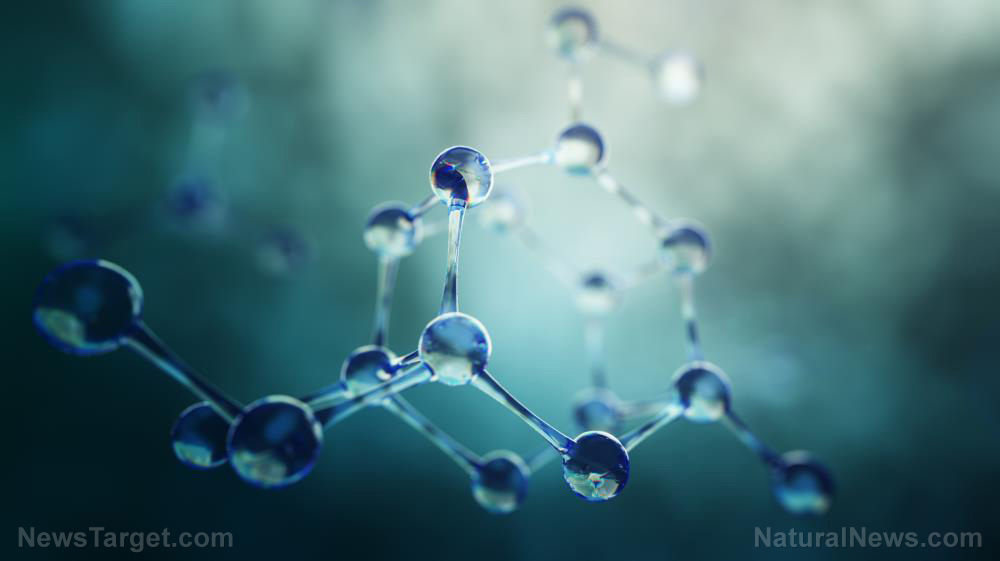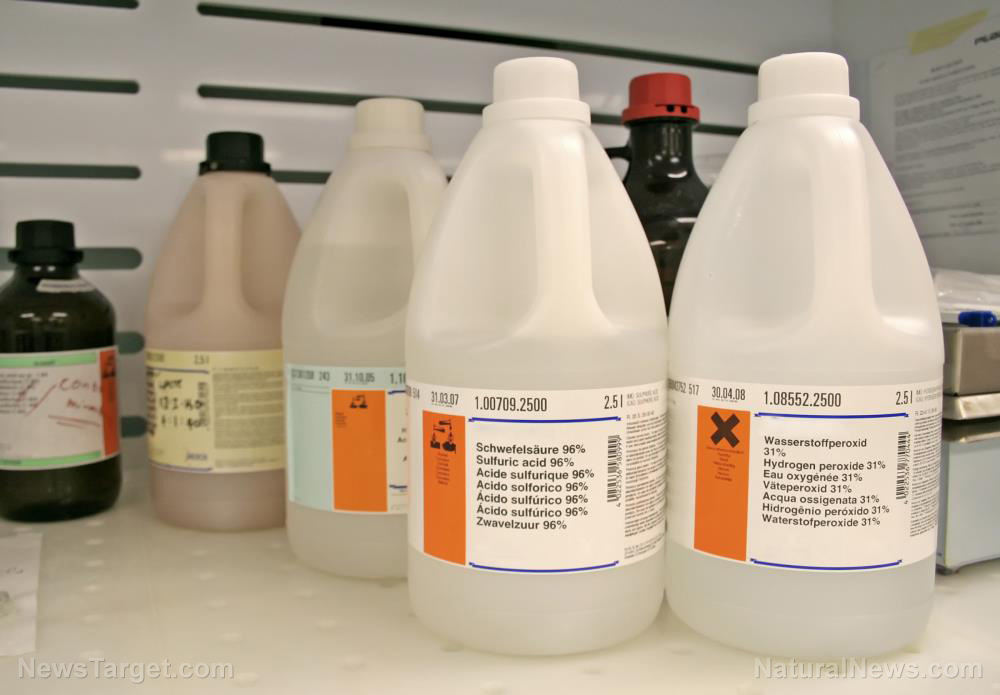Forever no more? Scientists discover new, low-cost way to break down certain types of “forever chemicals”
08/23/2022 / By Arsenio Toledo

A team of scientists from the University of California, Los Angeles (UCLA) and Northwestern University have discovered a new and cheap way of breaking down the “forever chemicals” that continue to pollute the planet.
Perfluoroalkyl and polyfluoroalkyl substances (PFAS) are commonly used in non-stick pans, water-repellant fabrics and food packaging. They are known as “forever chemicals” because of their ability to stick around and not be broken down.
This has caused significant problems in terms of pollution, as recent studies have shown that PFAS is everywhere in the world. One study even found that rainwater everywhere is no longer safe for drinking because it contains life-threatening levels of PFAS. These substances are also linked to health conditions, including cancer. (Related: Study: “Forever chemicals” in popular cooking products increase risk of liver cancer.)
The ability of PFAS to stick around is derived from their super strong bond between their carbon and fluorine atoms. The researchers at Northwestern and UCLA have found that using heat and two relatively common compounds can break this strong bond and degrade one major type of “forever chemical.”
“The fundamental knowledge of how the materials degrade is the single most important thing coming out of this study,” said William Dichtel, an organic chemistry professor at Northwestern’s Department of Chemistry.
Other researchers have attempted to develop a battery of techniques to filter PFAS, especially from drinking water, but with varying success.
Given high enough temperatures, all PFAS can be broken down. But this method is expensive and risks spreading the contaminants further. The UCLA and Northwestern study is one of the first to create a method that is cheap enough to make its commercial use possible.
Method breaks down certain PFAS into harmless substances
The method developed by UCLA and Northwestern researchers involves common laboratory reagents and temperatures of between 176 to 248 F. It works on one type of perfluoroalkyl substance known as perfluoroalkyl carboxylic acids (PFCA), a type of PFAS known for its use in Teflon.
The PFCA molecules are heated in water with dimethyl sulfoxide and sodium hydroxide. Following this, the carboxylic acids in the perfluoroalkyl are cleaved off and form water.
This then leads to a chemical reaction that “gradually nibbled away at the molecule,” according to Kendall Houk, a research professor in organic chemistry at UCLA and a co-corresponding author of the study.
“That triggered all these reactions, and it started spitting out fluorine atoms from these compounds to form fluoride, which is the safest form of fluorine,’ said Dichtel. “Although carbon-fluorine bonds are super strong, that charged head group is the Achilles’ heel.”
Experiments and computer models found that the method successfully degraded 10 types of PFCA and is thought to be applicable to around 40 percent of PFAS containing carboxylic acid groups, although more research is needed to confirm this.
“Our work addressed one of the largest classes of PFAS, including many we are most concerned about,” said Dichtel. “There are other classes that don’t have the same Achilles’ heel, but each one will have its own weakness. If we can identify it, then we know how to activate it to destroy it.”
Practical applications for the process are still a long way off, but scientists are in awe of the new technique’s potential to be turned into a commercially available process to break down certain forever chemicals. This research could also pave the way for more studies looking into how other PFAS could be broken down.
“It’s a neat method. It’s different from other ones that have been tried,” said Chris Sales, an environmental engineer at Drexel University in Philadelphia, who was not involved in the study. “The biggest question is, how could this be adapted and scaled up?”
Northwestern has already filed a provisional patent on behalf of the researchers.
Learn more about the substances polluting the world at Pollution.news.
Watch this clip from InfoWars as host Harrison Smith discusses how studies have found that rainwater is no longer safe to drink due to the massive presence of “forever chemicals.”
This video is from the InfoWars channel on Brighteon.com.
More related articles:
EPA doing “bare minimum” to address toxic PFAS pollutants in drinking water.
Toxic “forever chemicals” are contaminating Florida oysters.
“Forever chemicals” from biosludge fertilizers threaten existence of farms in Maine.
“Forever chemicals” from almost 42,000 sources threaten to contaminate drinking water.
Sources include:
Submit a correction >>
Tagged Under:
breakthrough, Chemistry, discoveries, environment, forever chemicals, future science, innovation, perfluoralkyl substances, perfluoroalkyl carboxylic acids, PFAS, polyfluoroalkyl substances, research, toxic chemicals
This article may contain statements that reflect the opinion of the author
RECENT NEWS & ARTICLES
COPYRIGHT © 2017 FUTURE SCIENCE NEWS



















